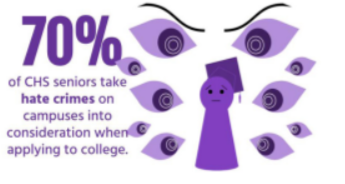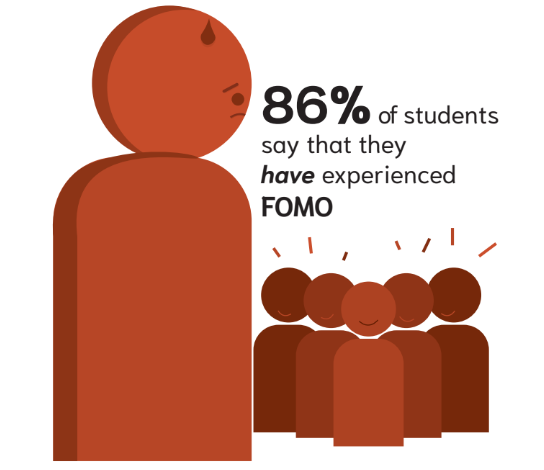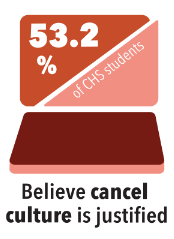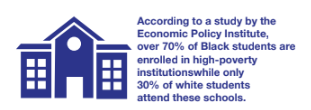Candidates appeal to young voters through social media campaigns

BLOT GRAPHIC BY KARA PETROSINO
2020 election campaigns adapt to the new digital age to target younger generations.
November 25, 2020
As the presidential election neared, many kept up with the candidates’ campaigns by watching major news networks, reading a variety of newspapers and diligently viewing each debate. But, as a new voter demographic of young people emerges, social media is a resource now utilized by campaigns to further their reach.
In an effort to target young people, campaigns have collaborated with celebrities on social media to attract young voters. From one scroll through either Democratic presidential nominee and former vice president Joe Biden’s or former presidential candidate and senator Bernie Sander’s Instagram profiles, pop culture figures such as Cardi B and Jimmy Fallon are seen conversing with and endorsing the presidential candidates.
Senior Matt Sherwin of Middletown said that he not only sees posts from the candidates’ official social media accounts, but from a variety of other accounts he follows as well.
“I do often see posts on social media having to do with both of the [presidential] candidates’ campaigns. Most of the content is informational posts whether it be text posts or videos, I even see a few memes here and there,” Sherwin said.
According toThe Wall Street Journal, presidential candidates utilize Facebook most because it is the best direct-response platform. Republican nominee and President Donald Trump utilizes social media more than any other candidate – aside from Sanders, who is no longer in the running – as Trump averaged about 20 Facebook posts per day in the month of December 2019.
When it comes to different age demographics, Pew Research Center reports that social media is the most popular way for young people to get their political news, but, local, cable, and network television still remain the primary ways that adults aged 50 and above receive political news coverage. Coinciding with these studies, mass media and public relations teacher Wayne Woolley still believes that the best way to reach people is through traditional television ads regardless of their inability to reach a specific demographic.
“If you are trying to reach a general audience as a candidate, the best way to do that is by general advertising,” Woolley said. “The general, large mass of people still watch cable television.”
From simply observing what is occurring in the world today, and reported in TIME Magazine, there is no doubt COVID-19 has affected the campaigning process this year. Conversations between former President Barack Obama and Biden have occurred virtually this year, yet the global pandemic has had seemingly little effect on the Republican Party’s campaigning efforts.
In an article by TIME Magazine discussing the campaign changes in response to the COVID-19 outbreak, the Republican National Committee claims Republican party supporters knock on millions of doors every week to spread the word about their campaign. On the contrary, the Biden Campaign and many of the campaigns run by liberal groups have suspended this practice as they deem it to be unsafe.
Social media campaigning is more omnipresent in the 2020 election than ever before, and because of its efficacy, it will remain a tool in the campaigns of years to come.













